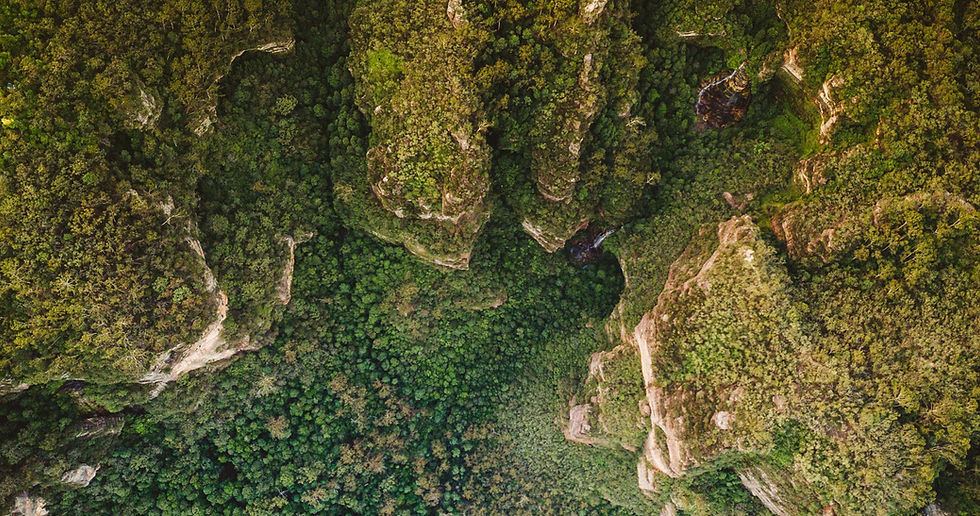Technology vs Mother Nature: Part II
- ccomms
- Mar 4, 2021
- 2 min read

Over the summer of 2019/2020, Australia experienced one of its worst bushfire seasons on record. The effects were felt far and wide, and in the wake of these devastating events the MSP team were spurred into action to find a way to confront this real-world issue and find a solution that could affect positive change.
To decide on the best approach for this project, the team conducted extensive research and found that there was substantial attention and development in the area of real-time management of bushfires.
However, development in the period of time before a bushfire has started remained the biggest gap to address. To back up their research, the MSP team spoke to a number of people who could provide more seasoned and expert advice in the area. This included a front-line firefighter, who pointed out that there is a very limited amount of information available before fires and it’s very much a reactive approach; and an earth-observation specialist, who agreed that most research is being done in real-time analysis of a fire, and as such this proactive approach is a viable area to look into.
The question MSP sought to answer was, therefore, how can we use technology to strengthen the proactive response to fires?
SOLUTION
MSP is now developing a machine-learning model that will boost preliminary preparation for bushfire seasons. The model will take data from a range of sources such as satellite imagery, elevation maps, and temperature records, and will look through historical data to find patterns. The model will provide an analysis and determine the risk-level of an area as well as the risk-level of a new fire in that given area.
This work will address several important questions. Does a high-risk area require extra monitoring? If a fire does begin, how severe could the fire be? How quickly could it move? What infrastructure is nearby?
Answers to these imperative questions will influence how a fire is approached and managed. This tool could be vital to help firefighters assess the priority of a new fire, how quickly it needs to be attended to, and how many resources need to be allocated.
By using the information and statistics found in the preliminary modelling, we can allow for more data-driven decisions to back up the expertise of personnel.
MEMBERS
The Bushfire Project has been a unique opportunity for MSP members, with the team getting experience with very early stages project development, including finding the inspiration, conducting research to form a solid idea, and pitching it to the management team.
With respect to hard skills, the team jumped at the chance to be able to up-skill in the world of machine-learning, specifically focusing on image recognition and classification. They are also tapping into the wealth of preexisting data that is available: for example, Sentinel-2 (a European Space Agency mission involving a pair of polar-orbiting satellites) provides high-resolution images and observational data of the world. This valuable material allows the MSP team to access current data of Australian terrain and ensure our model is producing relevant accurate information when it is needed most.
Are you interested to see how MSP is tackling the challenge of real-time disaster management? Check out this article.





Opmerkingen